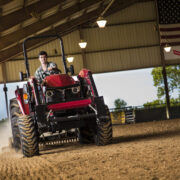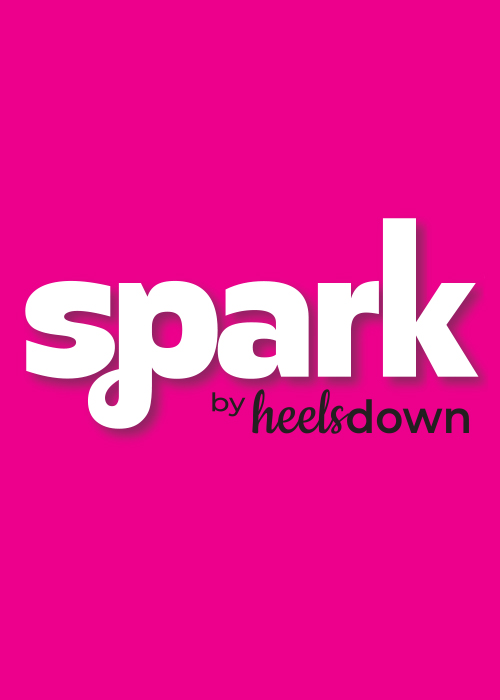Equestrian Fitness: Is Running Really Bad For You?

Kathlyn Hossack is a Certified Athletic Therapist and Kinesiologist from…
By Kathlyn Hossack, Certified Athletic Therapist
Out of all the fitness rumors and fads, the statement “running isn’t good for you” is one that I actually understand. At least, I understand why it’s come up time and time again (though this rumor may have been started by someone forced to run in a P.E. class somewhere, like me… Circa 2007).
There are a few things I will add to this as we go, but in short: No. Running is not bad for you.
Running as your sole form of cross-training, however, does have the potential to do you harm, though. Running without a planned strategy will likely end in burn out and pain. Running with uncorrected muscle imbalances will absolutely lead to injury.
Like This Story? Try: What’s Your Fitness Strategy During Show Season?
That said, running in its purest form is an excellent and age-old way to get cardio work in. The truth is, as with pretty much everything else, if you correct any postural imbalances you have, run appropriately for your goals, and do appropriate mobility/strength training alongside your running program, there is no way running should cause you issue, or negatively impact your health or performance.
Injuries and pain arise in running when our biomechanics aren’t on our side. The same as they do in our rides, or other training. With running, the most common imbalances are decreased hip stability, poor foot activation (we will talk about footwear in a second), and poor breathing technique.
When our hips aren’t stable, this means that other muscles around the hips will attempt to take over pelvic stability. With this we see a tightening of the hamstrings, glutes, and hip flexors. There also tends to be an increase in knee pain (think runner’s knee).
Most of us buy into the fad of either highly cushioned and supportive shoes OR jump right into minimalist/barefoot trends. Neither are necessarily great. Shoes are designed to protect our feet. But in this day and age, they are marketed to do much more. The painful (often literally) truth behind this is that the more “supportive” and cushioned a shoe is advertised as, the more likely it is to just turn off your foot’s natural activation and cause postural issues elsewhere.
“Injuries and pain arise in running when our biomechanics aren’t on our side. The same as they do in our rides.”
But what about my flat feet, you ask? Well, with a little bit of effort you can correct most foot postural issues (like flat feet) yourself, for free. This doesn’t mean that you should be ditching all footwear and running barefoot, either. While running in minimalist style footwear is something I typically will suggest for some people, it is only after we’ve gone through a rigorous postural correction program to find and fix any imbalances they have, and then slowly worked them down to a minimalist level of footwear for their training (both running and otherwise). If you choose to go cold turkey on cushioned footwear, you will likely be extremely sore and want to never use your calves again.
Read This Next: Try These Stretching Exercises To Be More Supple In The Tack
When we start running, it’s important to take time to do some hip stability work (Look for clamshells, hip circuits, balance work and side bridges), foot reactivation (think toe curls with a towel, spreading the toes out as wide as you can, which is harder than you think!), and utilizing products like toe spreaders in your down time.
As riders, it’s important for us to maintain cardio. Running offers a great way to build that in training. It is of course not the only option for cardio, and needs to be done with intelligent preparation. If you have doubts as to running technique, many gyms and therapy clinics offer gait analysis to runners to help them spot and correct major postural dysfunction. This may even point out some issues that carry over to your riding game.
If you’re new to running, start with low distance and intensity to build up tolerance. Unless your goals include marathons, running a few days a week is all most of us need in our training program.
What's Your Reaction?
Kathlyn Hossack is a Certified Athletic Therapist and Kinesiologist from Winnipeg, Manitoba dedicated to helping riders improve their movement.



